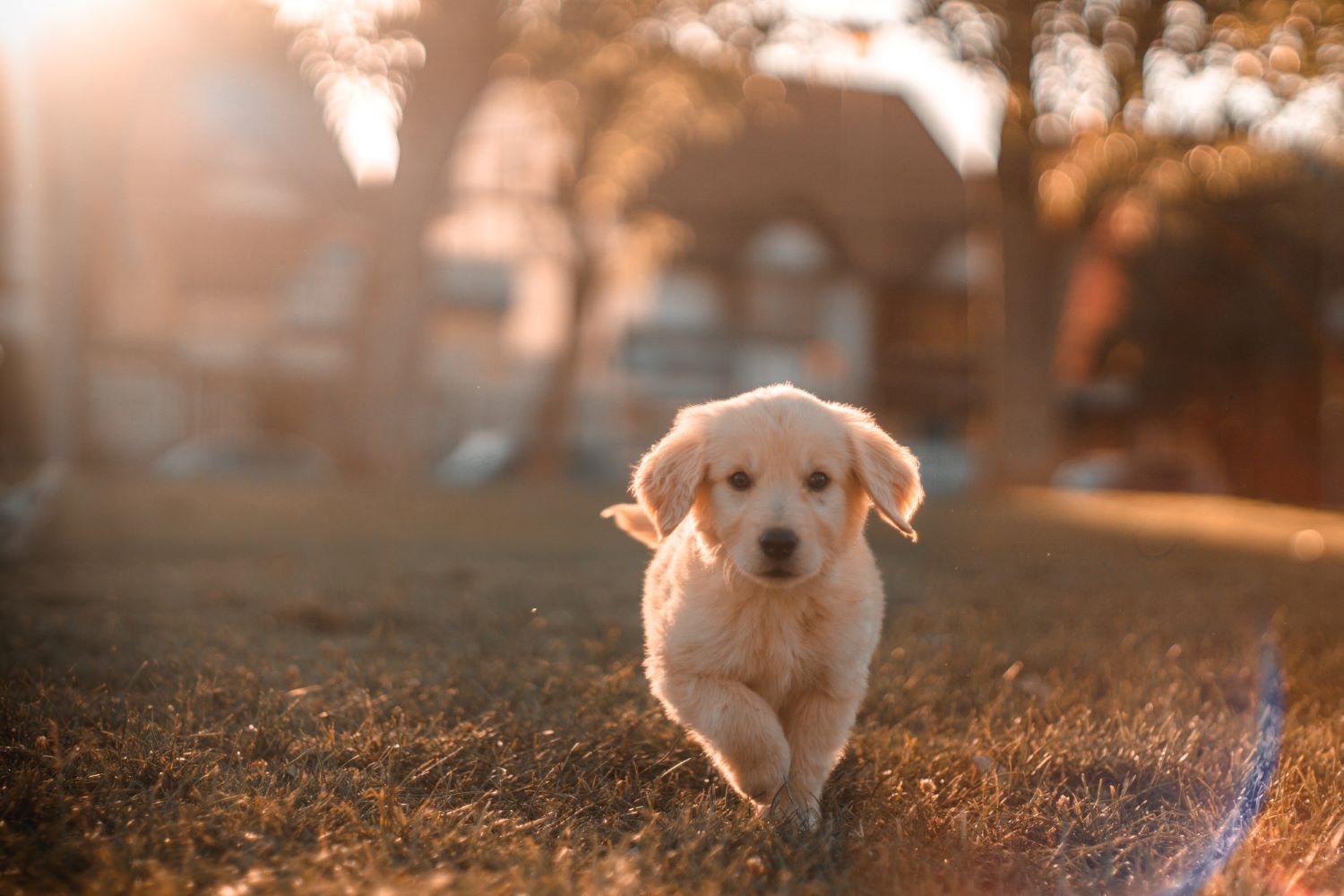Introducing Puppies To New Environments
Whether you're getting a new puppy, introducing an old dog to a new house or socialising different animals, it's important to help your best friend adjust to their new environment. OPTIMUM™ has compiled all the dog environment information that will help you do this.
Puppy proofing
Puppies are inquisitive and mischievous creatures, and you will need to puppy-proof your home to help keep your little dog safe.
Within your house, check each room for harmful things that might attract your exploring puppy. Items such as plastic toys, small balls, electrical cords, medications, aerosols, hanging curtain cords, cleaning cloths, cleaning products and sharp objects can all be dangerous and so should be kept out of puppy-reach.
If you have a yard, be sure to check your fence for gaps and ensure any swimming pools or fishponds are fenced off. Also be aware of the plants you have in your garden - some can be dangerous to dogs.
Introducing your new pet to other animal friendly members
Cats and dogs…they either love each other or hate each other. What do you do if you want a cat and a dog? Or simply want to factor in a new part of the family? You'll need to consider a number of things like age, gender, temperament, breed, size and health status.
For all family members, (including you!) to be able to live in peace you need to consider how your other pets will react to a new pet.
Once you've bought your new pet, you will have to start with an initial meeting. This is a tough one as you never know how both parties will react. Make sure that you are present at the time of meeting and watch both animals’ behaviour. Do not look away, even for a second. Let the animals explore each other but if you notice any signs or aggression separate them immediately.
You should try having lots of short meetings at the start to try to get them used to each other. It should get easier with time. Try placing food down on either side of the room so that they will associate food (which is a good thing) with the other pet being around. Hopefully by this stage your pets are relaxed and able to be left alone together. If not, speak to your veterinarian or an animal behaviorist about different ways of coping with this situation.
